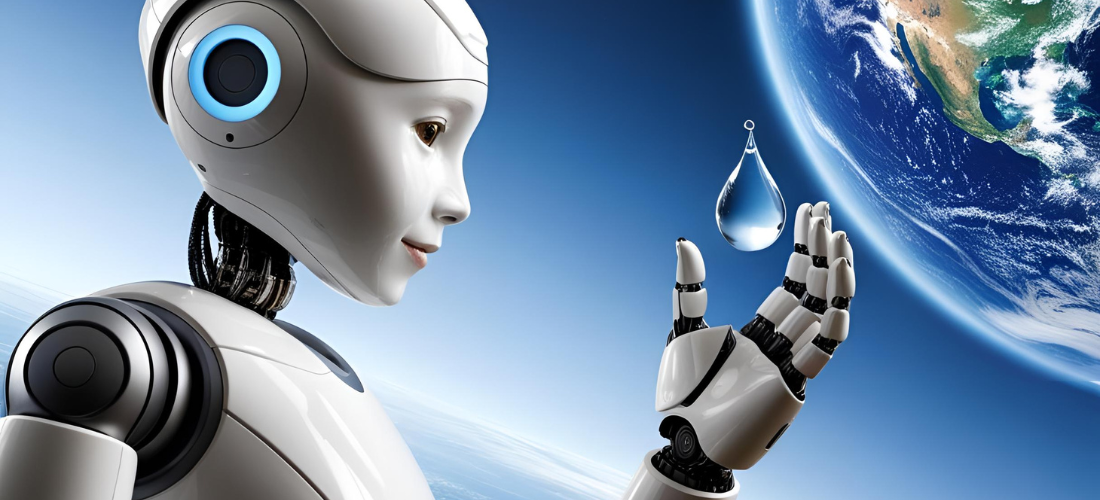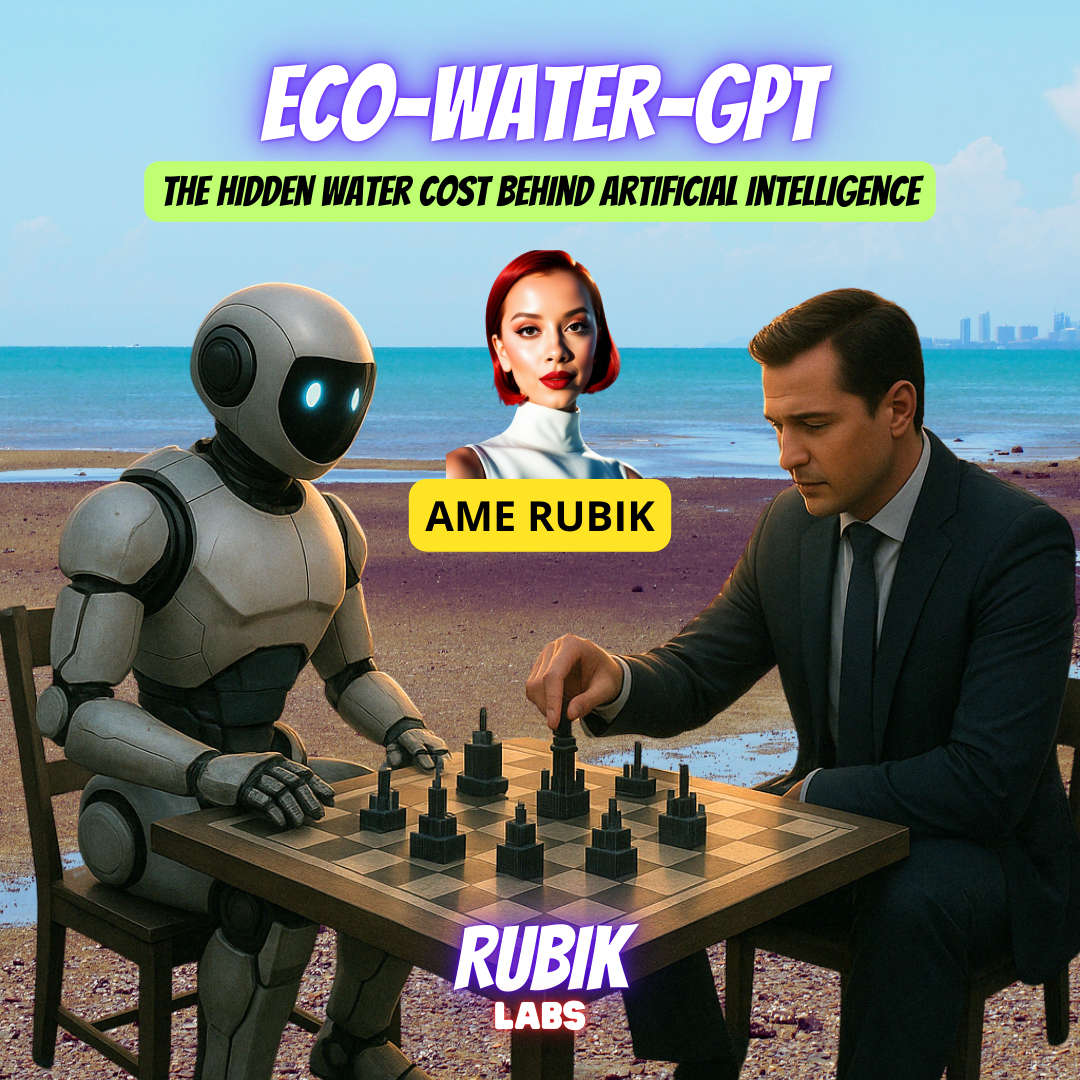At the heart of every interaction with a chatbot like ChatGPT lies a quiet paradox: while we converse with an invisible artificial mind, the physical world loses tangible resources. Chief among them? Water. Much more than we imagine.
In this age of generative AI, public attention is beginning to shift—away from technical breakthroughs and toward the environmental externalities they create. And among those externalities, the water consumption of data centers—critical infrastructures for training and running models like GPT—has emerged as a growing concern.

How Much Water Does AI Really Use?
Generative AI models developed by companies like OpenAI, Microsoft, and Google require massive computational power, distributed across data centers worldwide. These servers must be kept at stable temperatures to prevent overheating—and that’s where water enters the equation.
One of the most common cooling methods is evaporative cooling, which uses large volumes of water to regulate heat.
A joint study by the University of California and the University of Texas estimated that a single ChatGPT session—around 20 to 50 prompts—can consume up to 500 milliliters of water, depending on geographic location and cooling technology.
But what’s truly alarming is the projected scale: by 2027, AI infrastructure could extract between 4.2 and 6.6 billion cubic meters of water per year—more than four times the annual water usage of Denmark.

A Global Issue With Local Consequences
This isn’t just a futuristic problem. The impact is already visible in water-stressed regions.
In Illinois, USA, for instance, the AI-driven boom in new data centers has raised eyebrows. While these facilities may offer short-term investment and limited job creation, they also place direct pressure on local aquifers and contribute to rising electricity demand.
Countries with limited regulatory frameworks—or where economic incentives outweigh water planning—may soon face a direct competition between water for AI and water for agriculture or human consumption.

What Are Big Tech Companies Doing?
Facing growing pressure from scientists, environmentalists, and regulators, some Big Tech firms are beginning to act.
- Google and Microsoft have pledged to become water-positive by 2030, meaning they aim to return more water to nature than they consume.
- Companies are exploring closed-loop liquid cooling systems and even building data centers in colder climates such as Iceland to reduce water needs.
- Pilot initiatives are testing recycled water systems, and AI-driven algorithms to optimize thermal efficiency in real-time.
Yet these solutions remain in early stages—and the rapid pace of AI expansion risks outpacing any mitigation efforts unless accompanied by firm regulation and global cooperation.

Transparency and Regulation: The Missing Link
One of the biggest challenges is transparency. Many companies still do not publicly disclose the water footprint of their AI operations.
Unlike carbon emissions, which are increasingly included in ESG (Environmental, Social, and Governance) reports, water usage remains an elusive metric.
Without clear and auditable data, there’s no way to build global policy or hold companies accountable. Scientific organizations and think tanks like the World Resources Institute are now calling for water use to be adopted as a standard indicator of environmental tech responsibility.

Final Thought: Can AI Be “Intelligent” If It’s Not Sustainable?
Artificial intelligence is undoubtedly a powerful tool. From streamlining medical diagnostics to democratizing access to knowledge, its benefits are vast.
But power without environmental responsibility is short-sighted.
If the price of automation is the depletion of Earth’s most vital resource—water—then perhaps we need to rethink what we call intelligence.
True AI should not only generate text and images. It should operate within the limits of a sustainable planet.
At Rubik Labs, as a responsible innovation lab, we call on the global tech community to place water sustainability at the center of AI development.
Because the future isn’t built with silicon alone.
It also runs on water.



